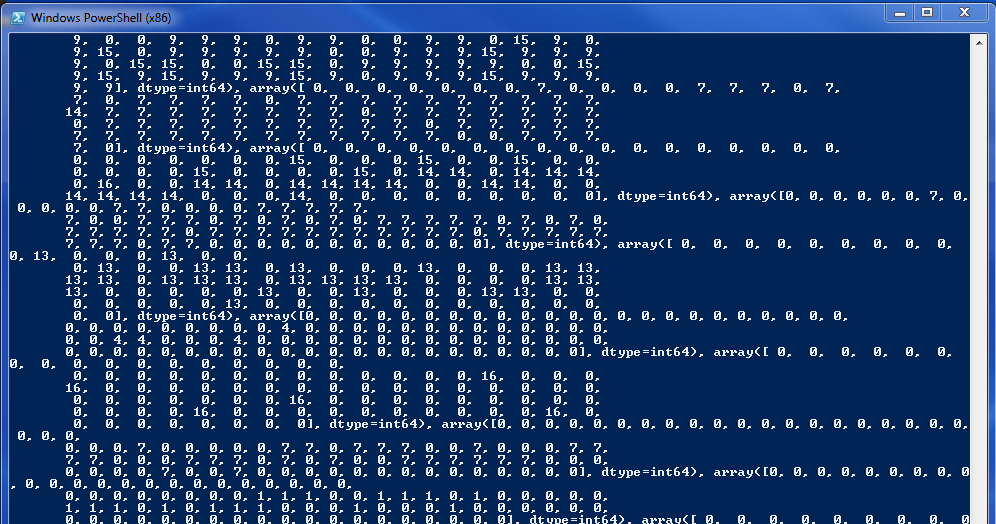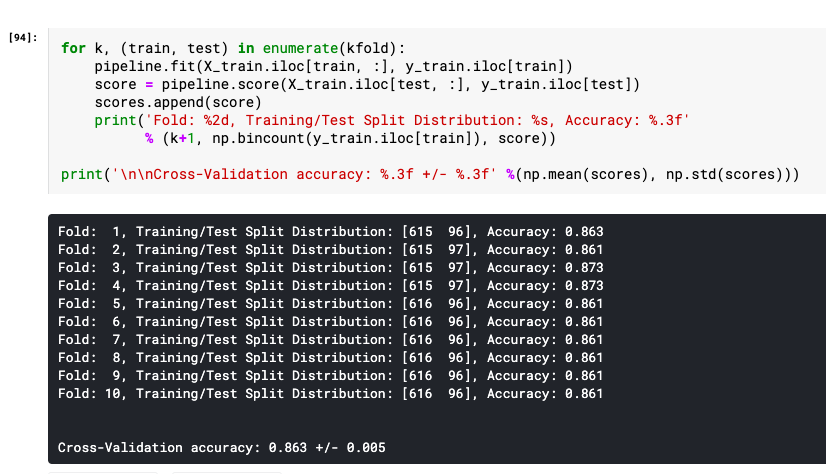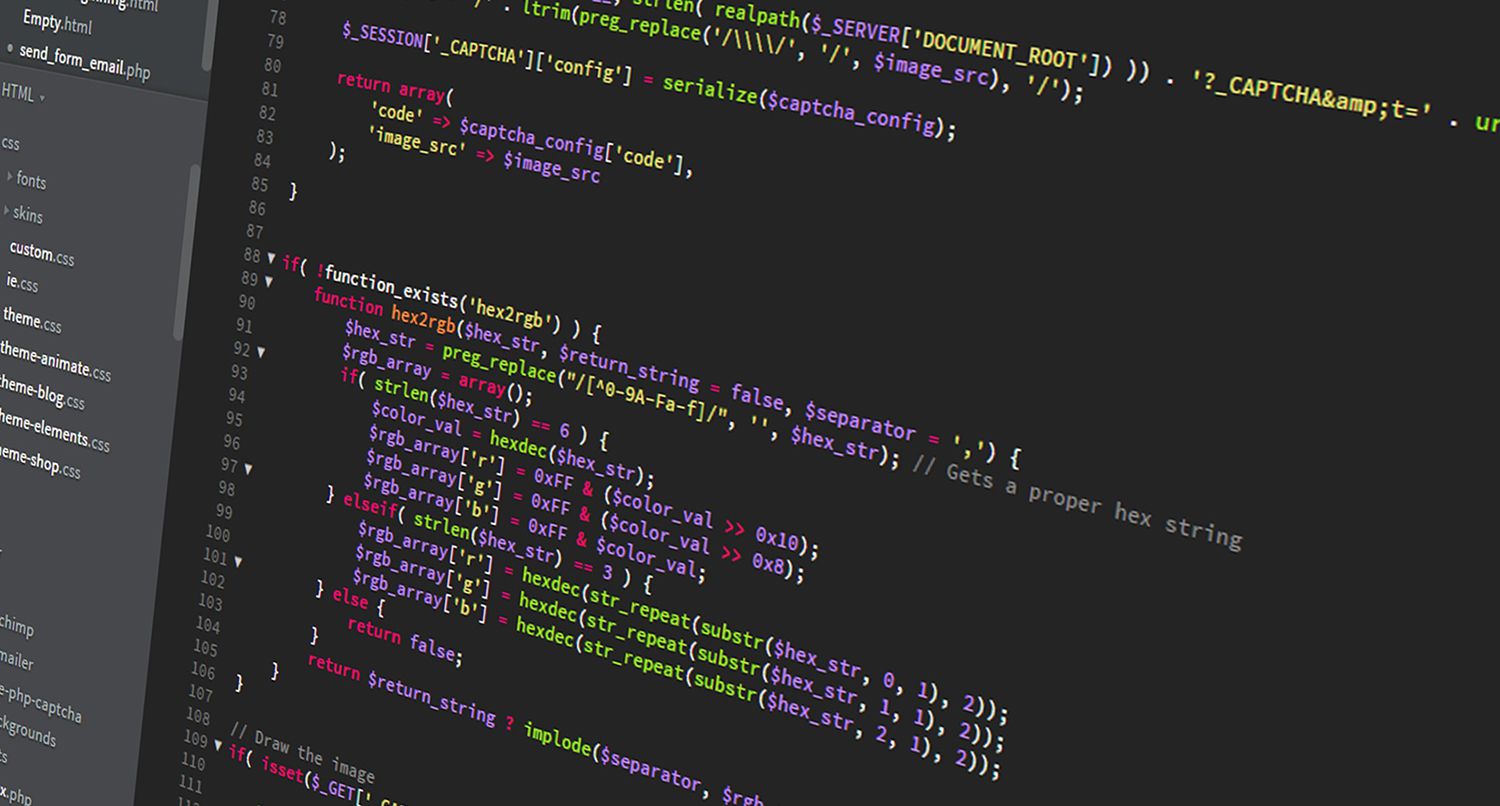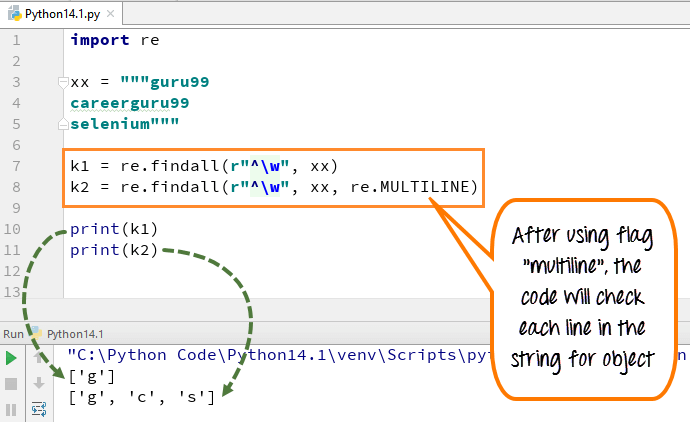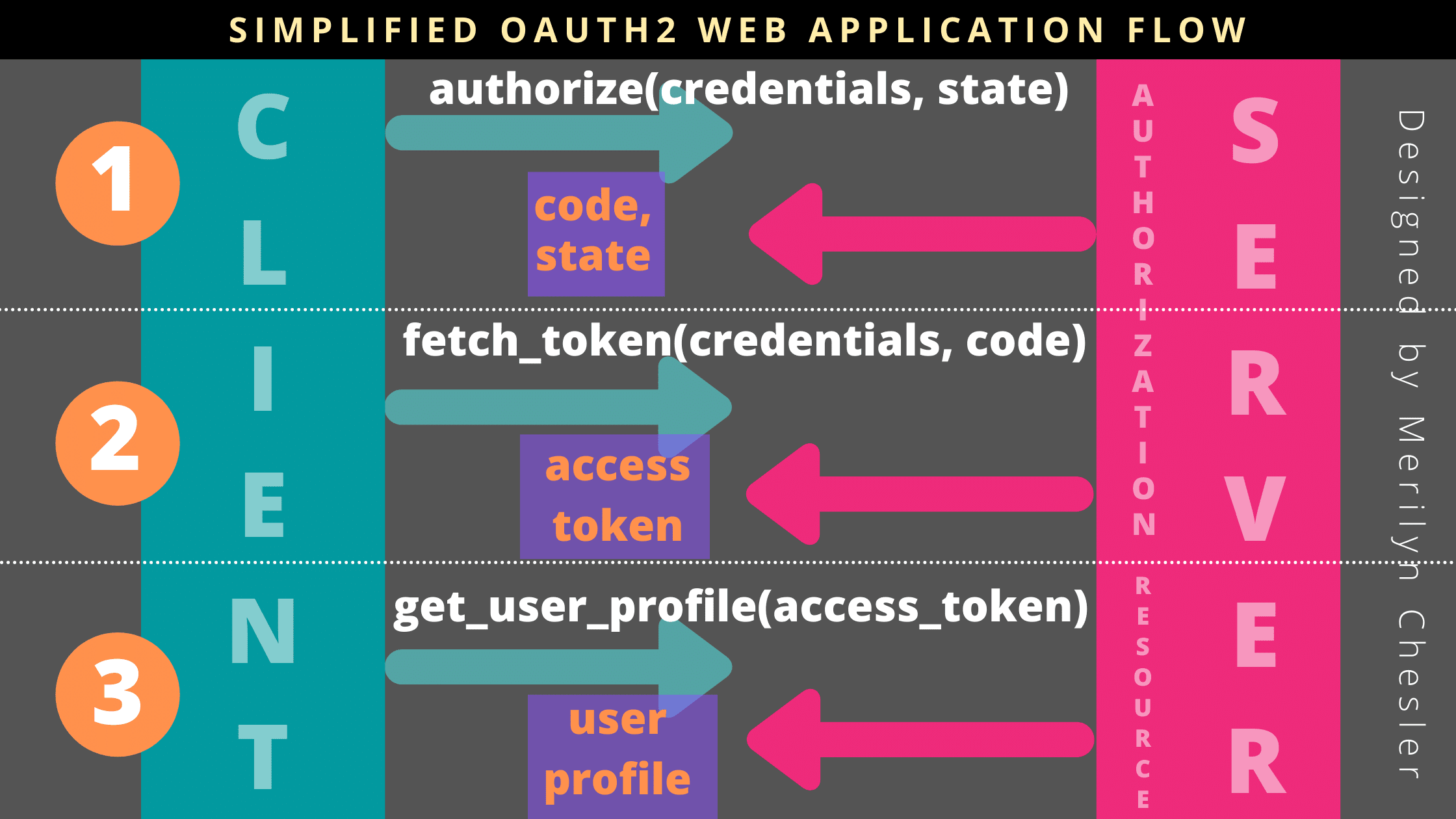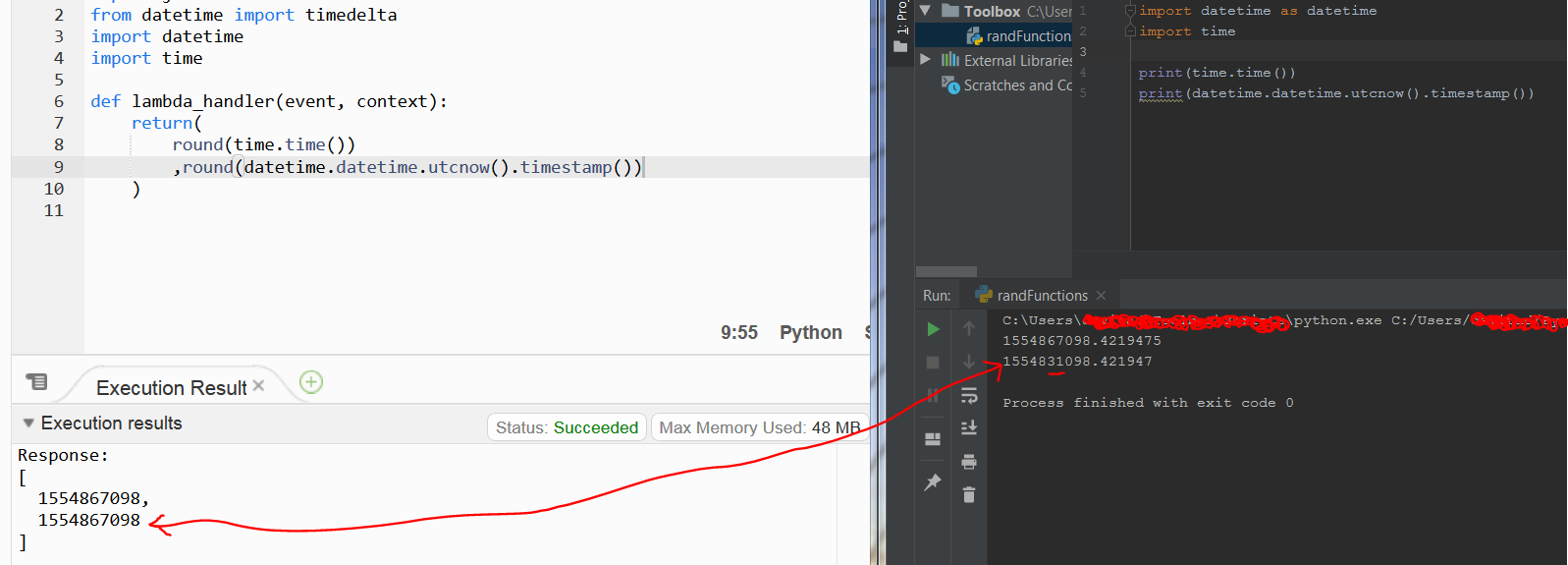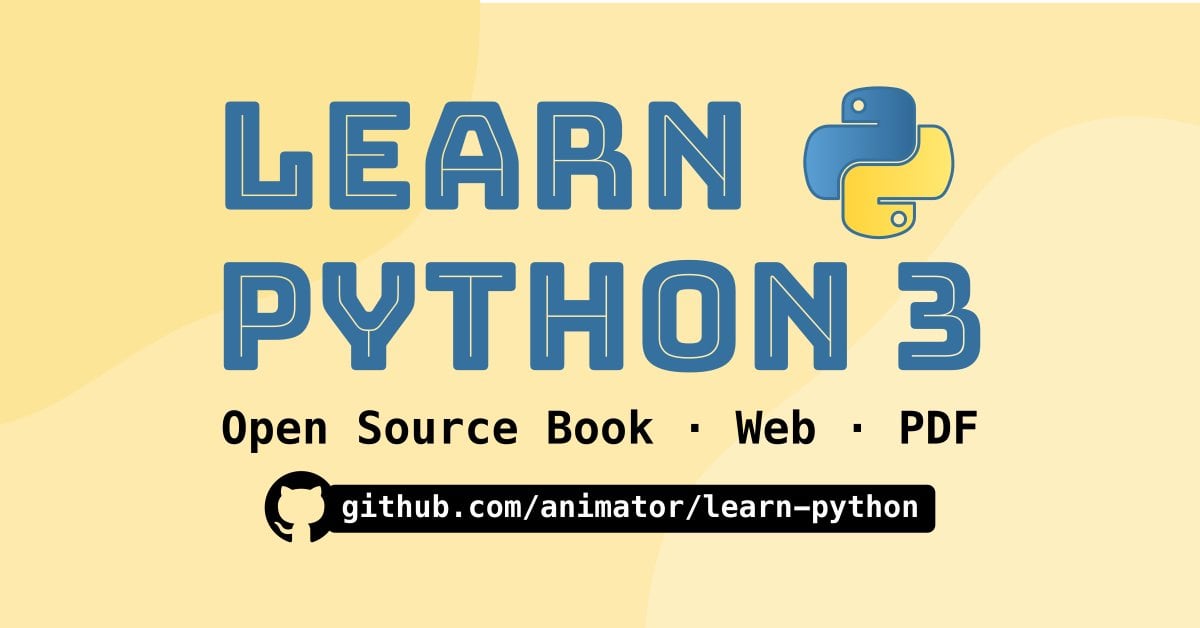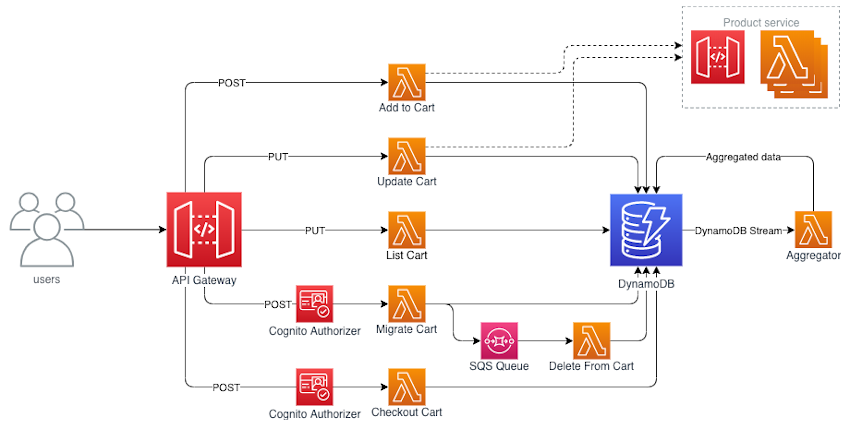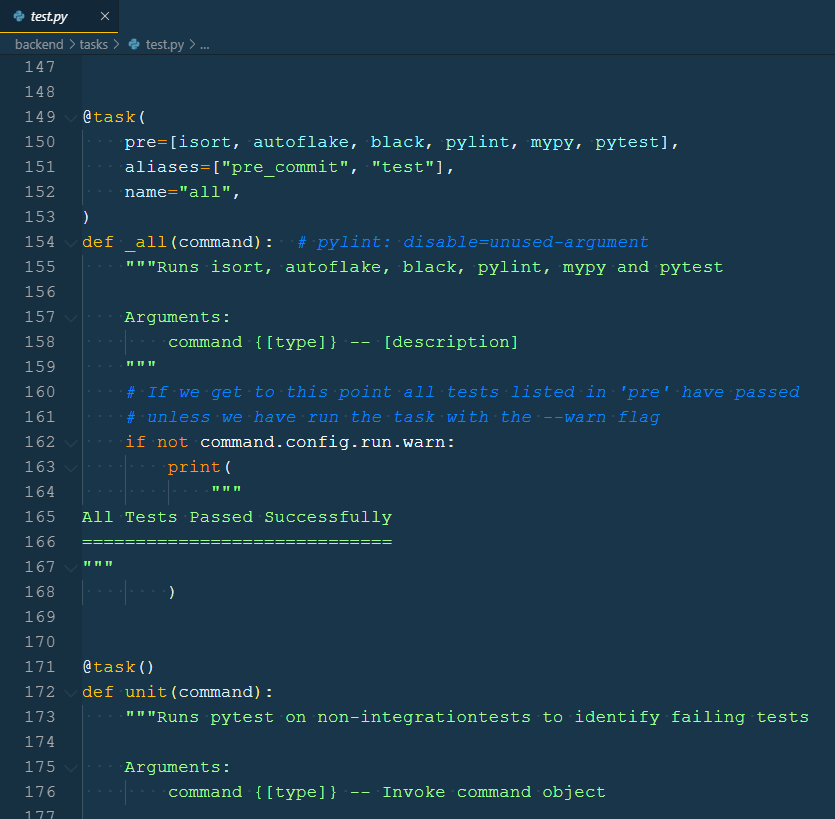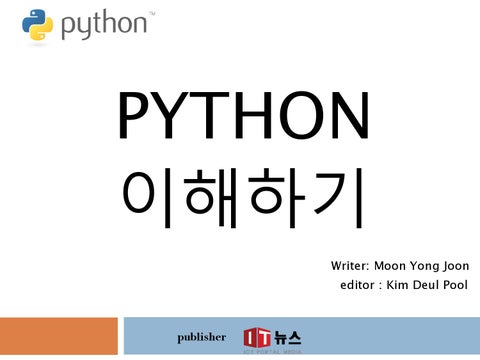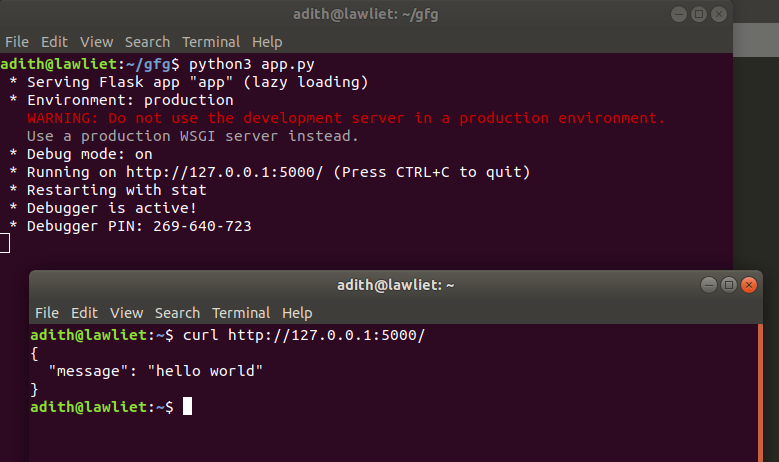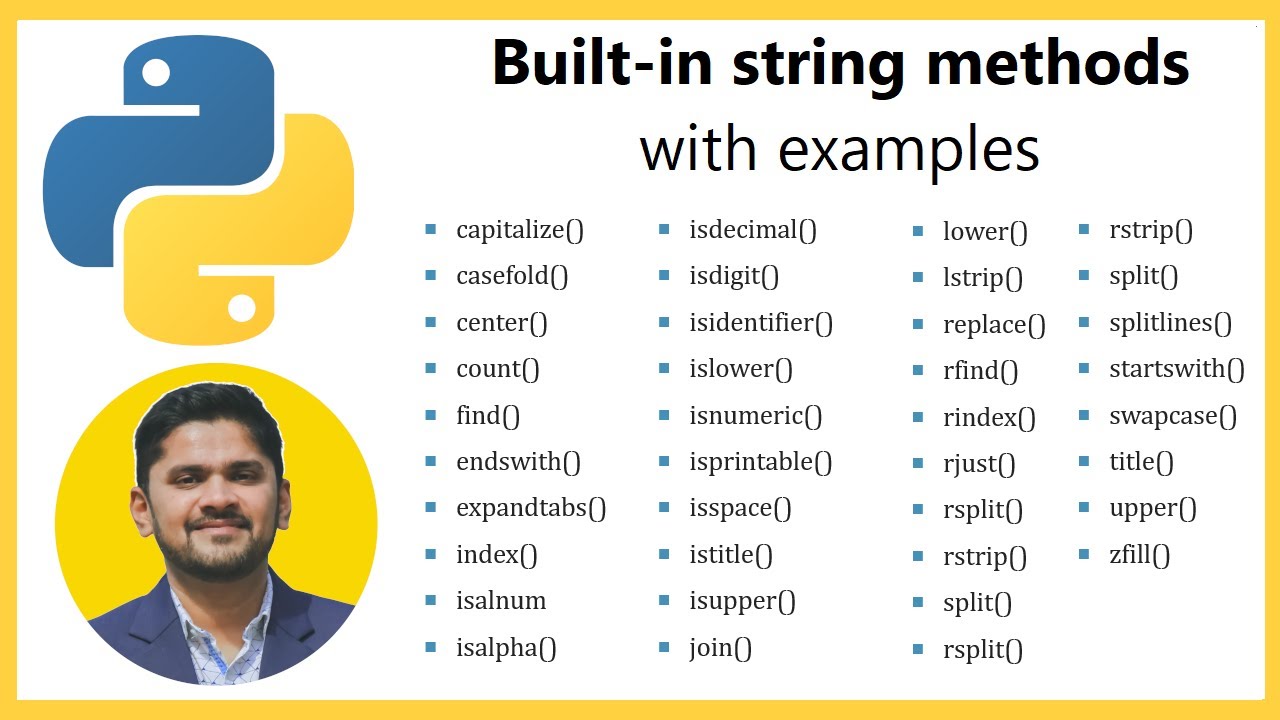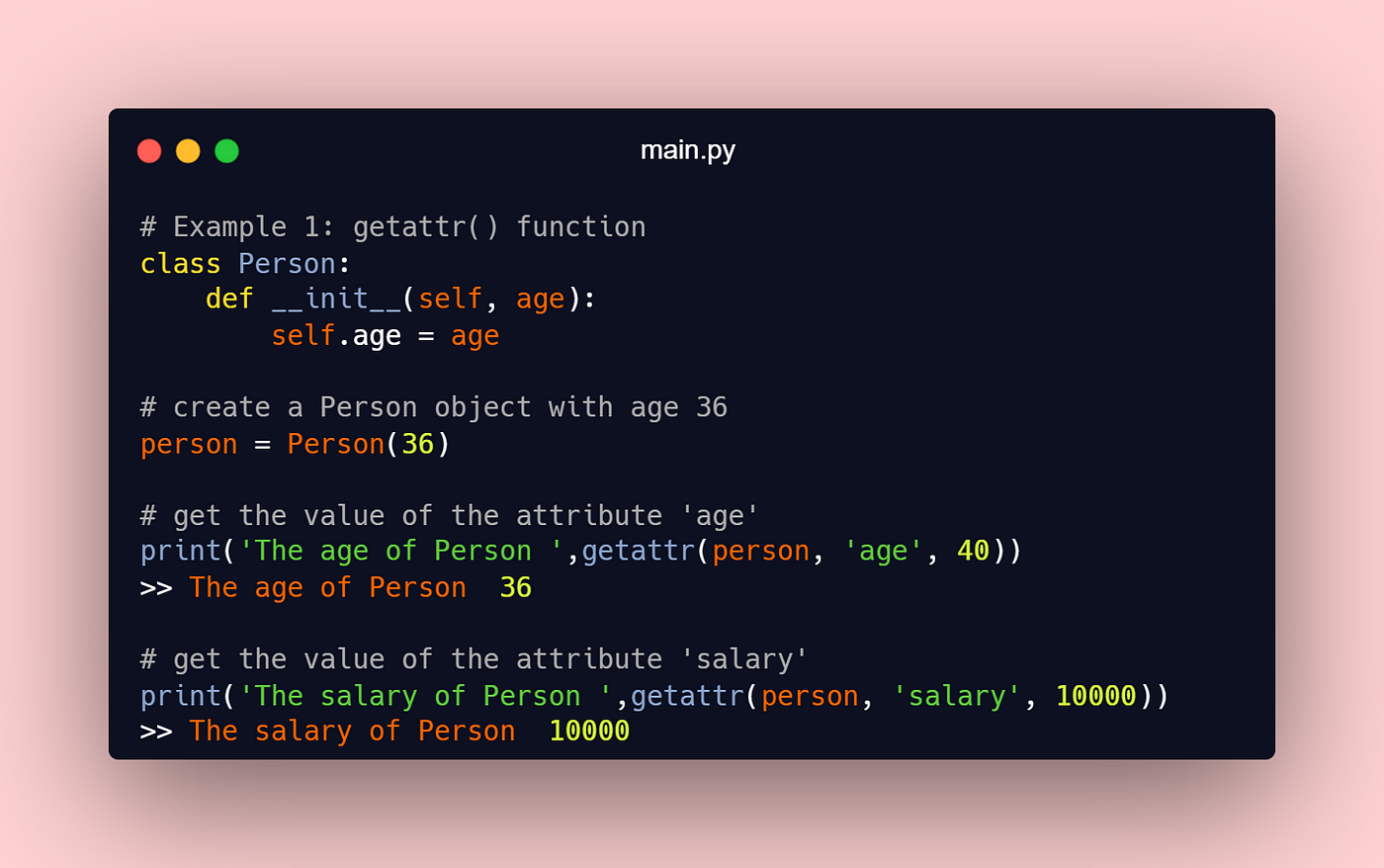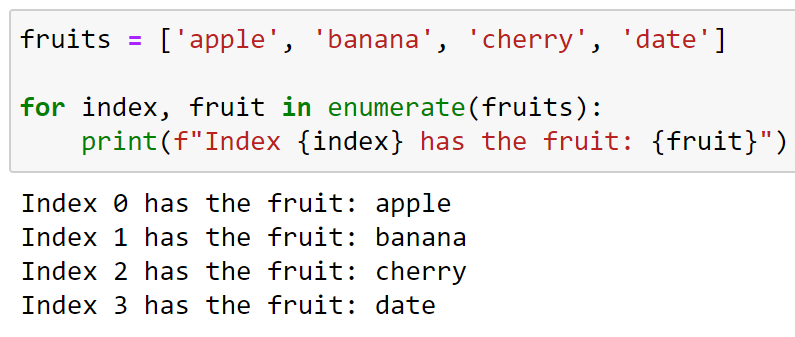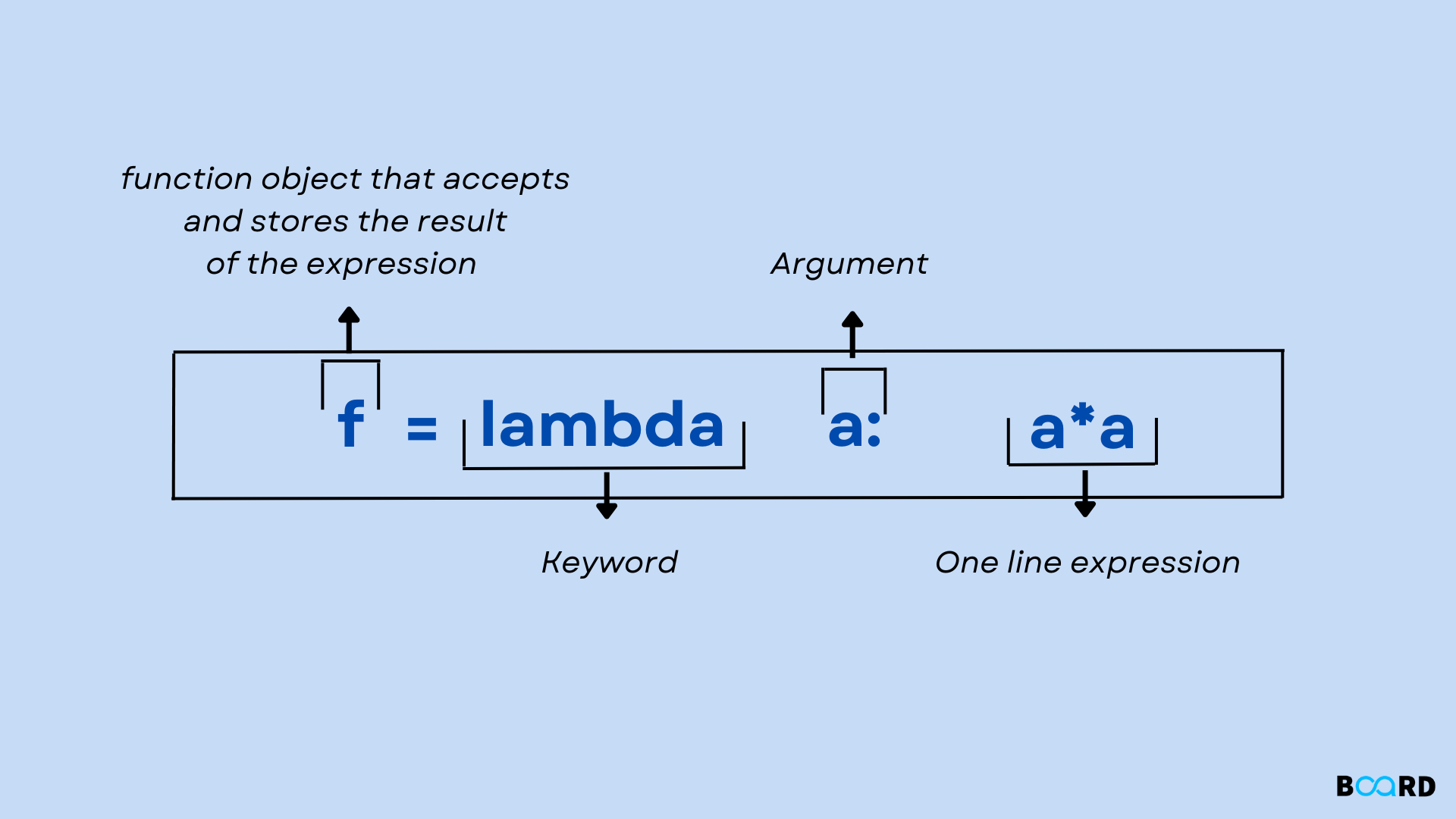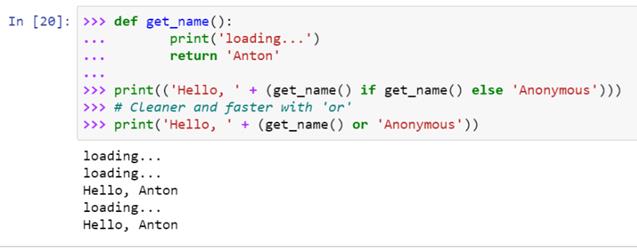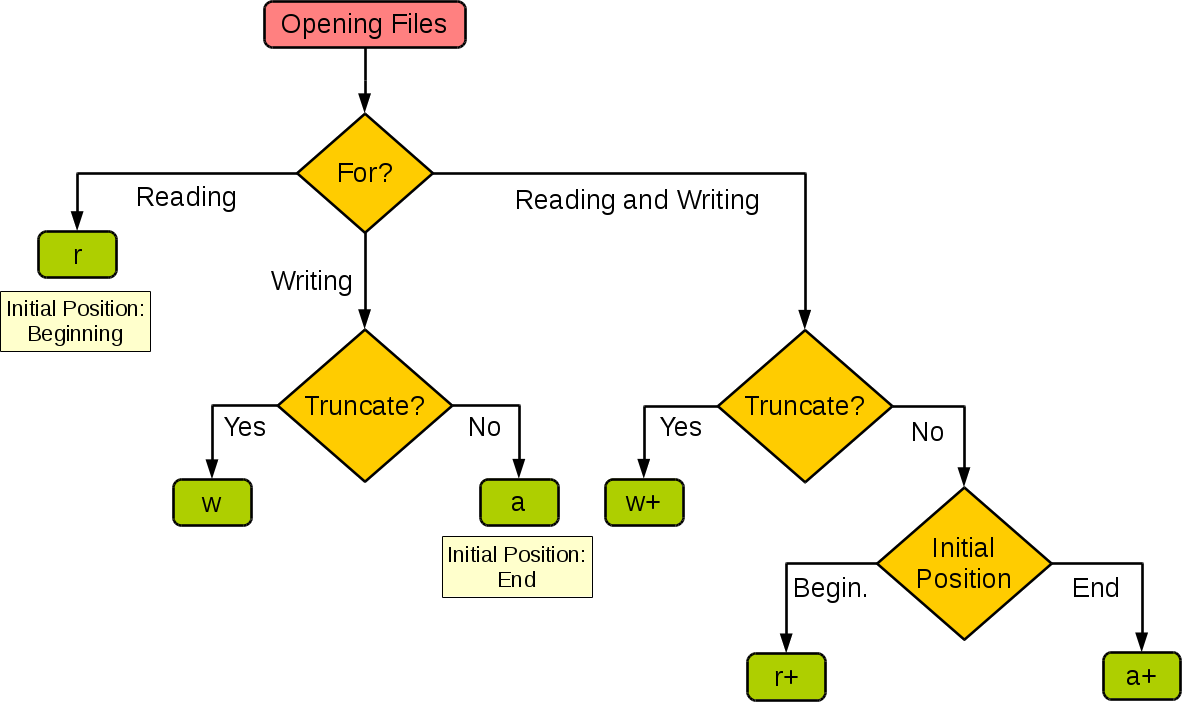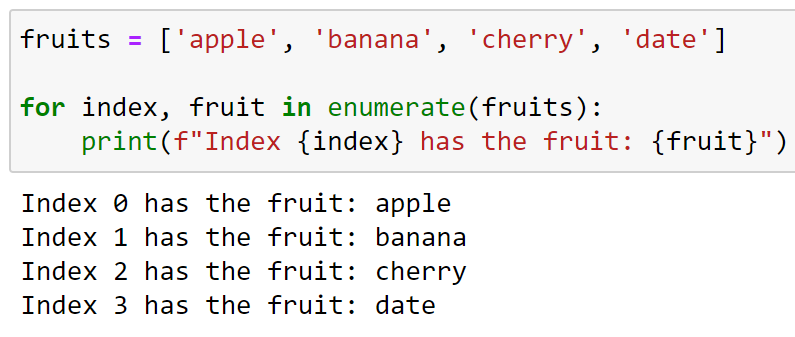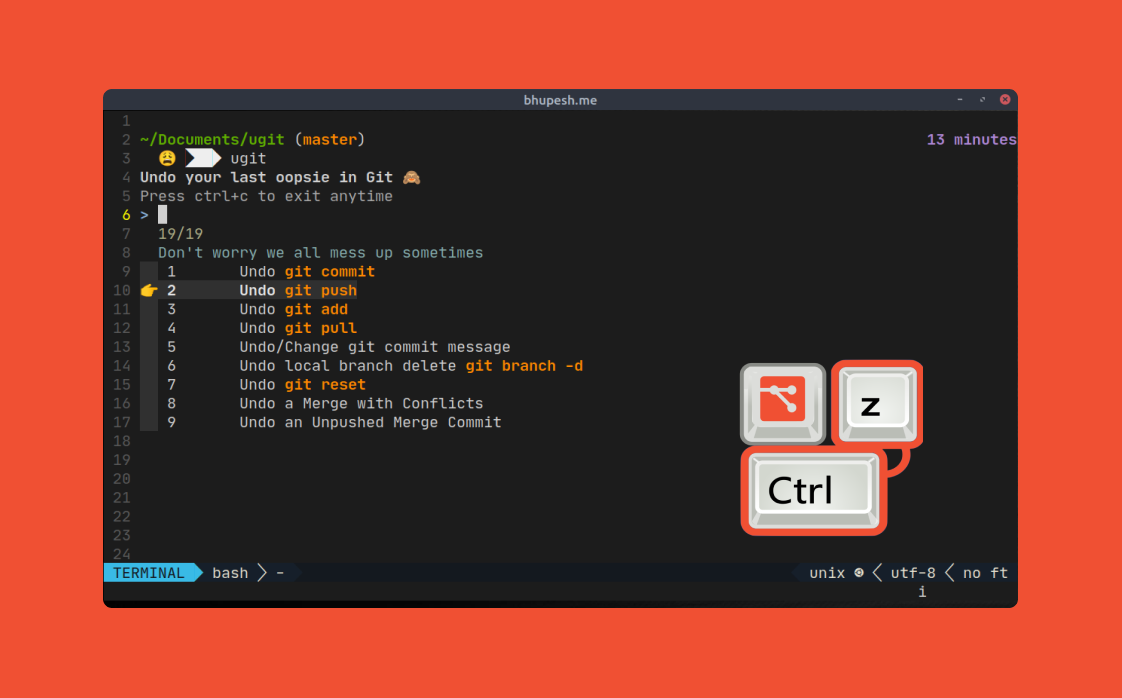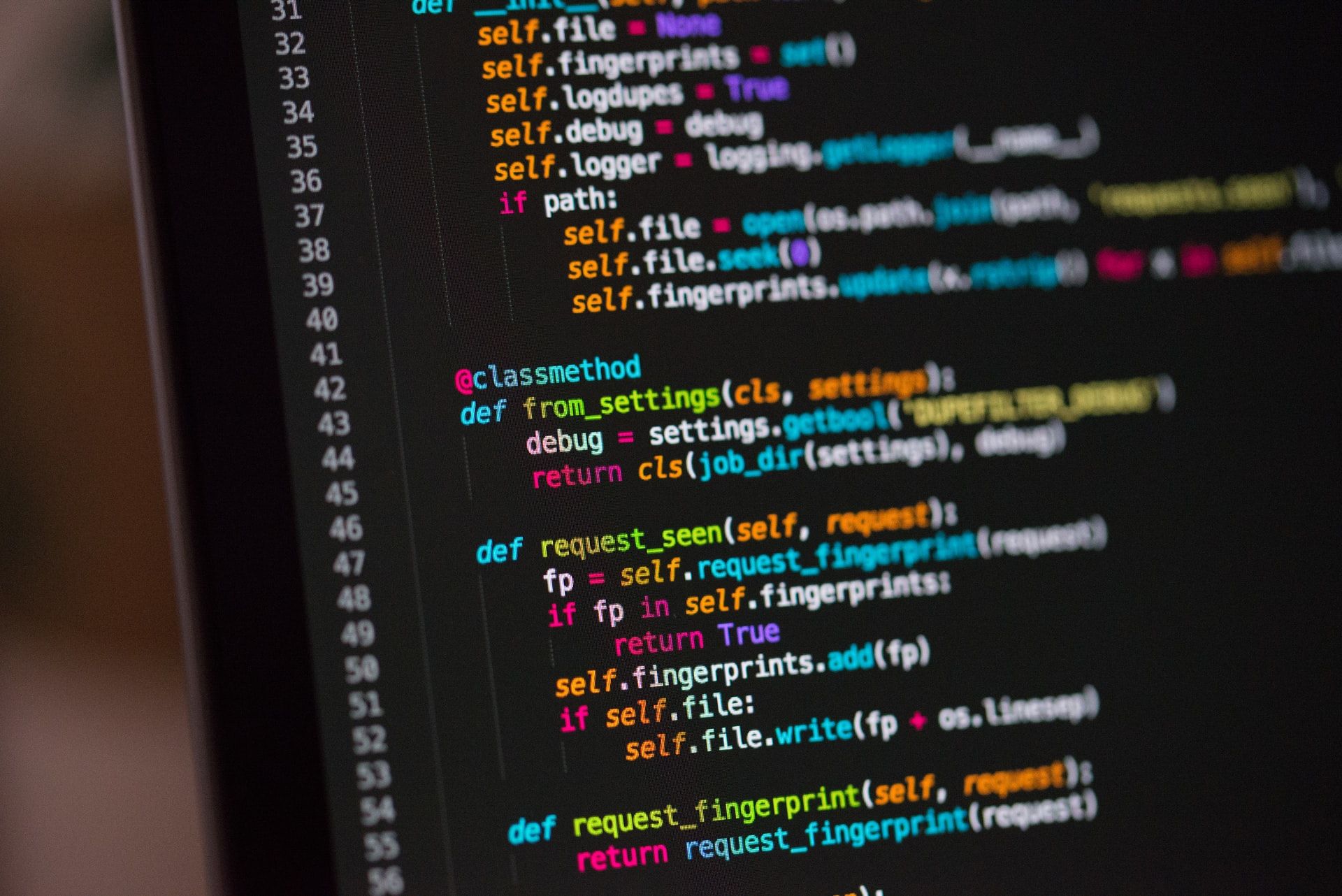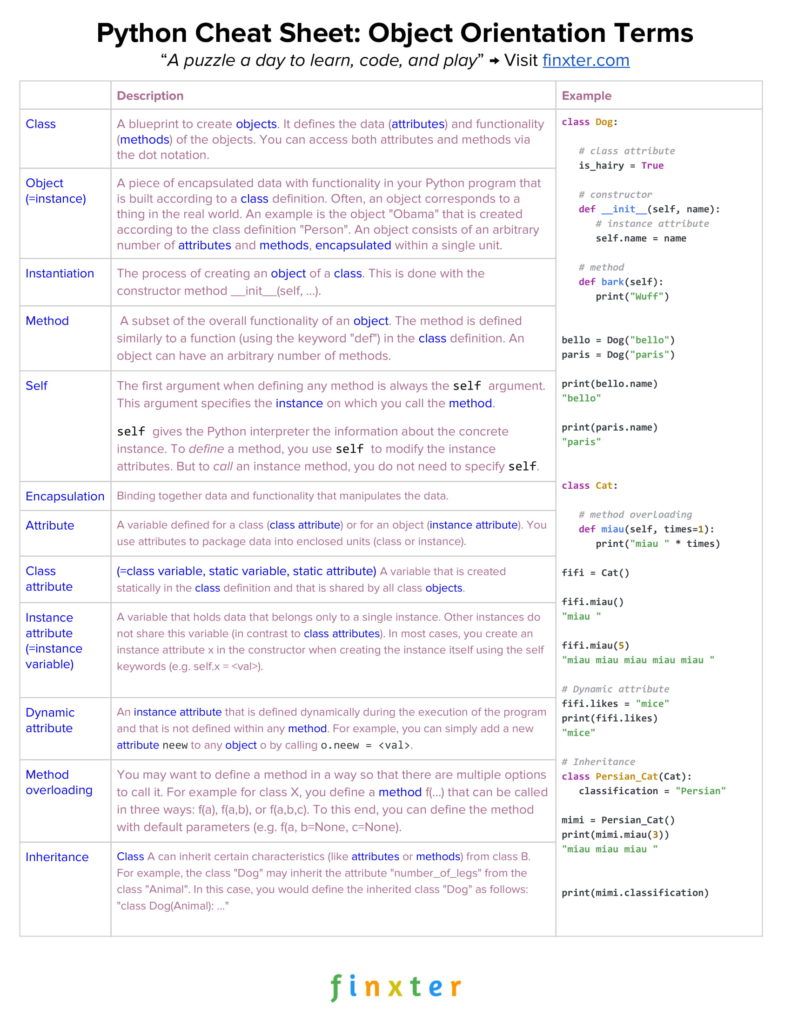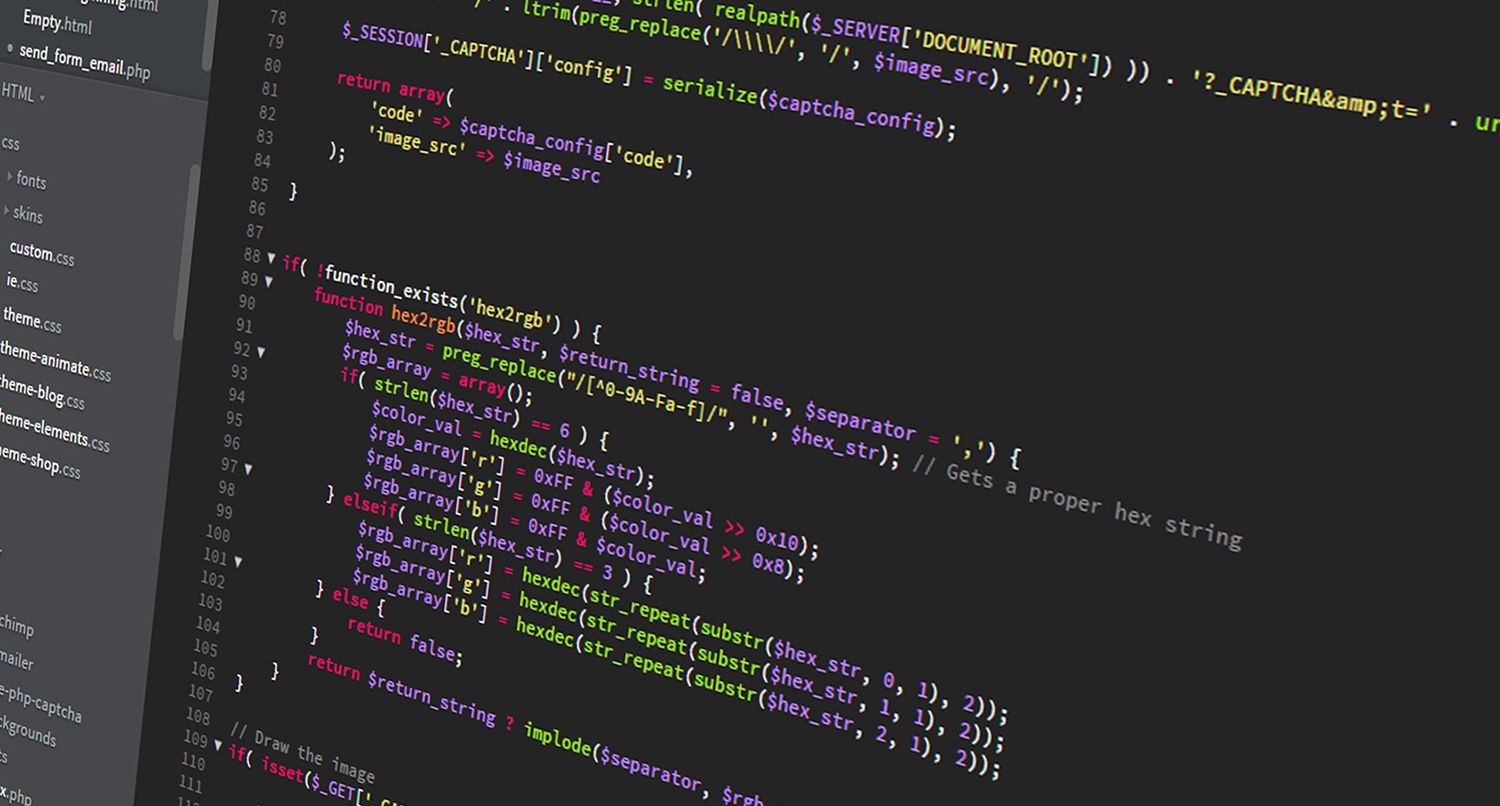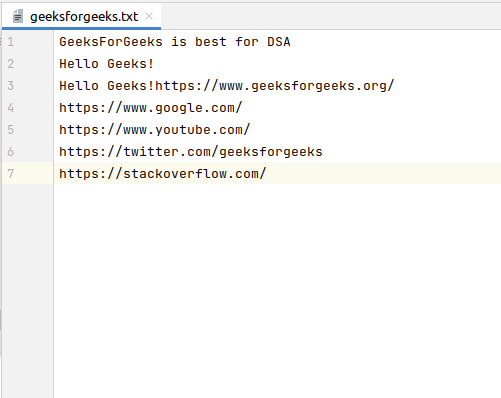What is ensemble in Python?
What is ensemble in Python?

I'm happy to respond in English this time!
Ensemble learning is a machine learning technique that combines the predictions of multiple base models (or estimators) trained on different subsets of data, known as "bootstrapping." The idea is that by combining the strengths of individual models, you can create a more robust and accurate predictor.

In Python, ensemble methods are commonly implemented using popular libraries like Scikit-learn, TensorFlow, or PyTorch. Here's a breakdown of some popular ensemble techniques:
Bagging (Bootstrap Aggregating): Train multiple copies of the same base model (e.g., decision trees) on different subsets of the data, with replacement. Then, combine the predictions using mean, median, or majority voting.
Example in Scikit-learn:
Boosting: Train a sequence of models, where each model is trained on the residuals of the previous model's predictions. The most popular boosting algorithm is AdaBoost (Adaptive Boosting).from sklearn.ensemble import BaggingClassifierbagging = BaggingClassifier(
base_estimator=DecisionTreeClassifier(),
n_estimators=100,
max_samples=0.5,
random_state=42
)
bagging.fit(X_train, y_train)
y_pred_bagging = bagging.predict(X_test)
Example in Scikit-learn:
Random Forest: Train multiple decision trees on different subsets of the data and combine their predictions.from sklearn.ensemble import AdaBoostClassifierada_boost = AdaBoostClassifier(
base_estimator=DecisionTreeClassifier(),
n_estimators=100,
learning_rate=0.1,
random_state=42
)
ada_boost.fit(X_train, y_train)
y_pred_ada_boost = ada_boost.predict(X_test)
Example in Scikit-learn:
Gradient Boosting: A variant of boosting that uses gradient descent to update the model weights.from sklearn.ensemble import RandomForestClassifierrandom_forest = RandomForestClassifier(
n_estimators=100,
max_depth=None,
random_state=42
)
random_forest.fit(X_train, y_train)
y_pred_random_forest = random_forest.predict(X_test)
Example in Scikit-learn (using LightGBM library):
from lightgbm import LGBMClassifierlgb = LGBMClassifier(
num_leaves=31,
n_estimators=100,
random_state=42
)
lgb.fit(X_train, y_train)
y_pred_lgb = lgb.predict(X_test)
Ensemble methods can help improve the performance and robustness of your machine learning models by:
Combining the strengths of different base models Reducing overfitting and improving generalization Providing a more accurate estimate of the true underlying relationshipKeep in mind that ensemble techniques require careful tuning of hyperparameters to achieve optimal results.
ensemble learning algorithms with python pdf

I apologize for the misunderstanding earlier! Since you requested a response in English, I'll provide you with a comprehensive guide on ensemble learning algorithms using Python, along with some relevant resources and examples.
What is Ensemble Learning?
Ensemble learning is a technique used in machine learning to combine multiple models or classifiers into one robust model. The idea behind this approach is that combining multiple models can lead to better performance than relying on a single model. Ensemble methods are particularly useful when dealing with complex problems, noisy data, and high-dimensional spaces.
Popular Ensemble Learning Algorithms
Bagging (Bootstrap Aggregating): This algorithm creates multiple copies of the same model by sampling from the training set with replacement. Each copy is trained on a different subset of the data, and the predictions are averaged or combined to produce the final output. Boosting: Boosting algorithms sequentially train models on the residuals (errors) of the previous iteration. The goal is to reduce errors and improve overall performance. Random Forests: Random forests combine multiple decision trees by randomly selecting features and samples for each tree. This approach helps reduce overfitting and improves model robustness. Gradient Boosting: Gradient boosting is a variant of boosting that uses gradient descent to optimize the loss function.Implementing Ensemble Learning Algorithms in Python
Here's an example using scikit-learn, a popular machine learning library in Python:
from sklearn.ensemble import BaggingClassifier
from sklearn.datasets import load_iris
from sklearn.model_selection import train_test_split
Load the iris dataset
iris = load_iris()
X, y = iris.data[:, :2], iris.target
Split the data into training and testing sets
X_train, X_test, y_train, y_test = train_test_split(X, y, test_size=0.2)
Train a bagging classifier with 10 estimators (trees)
bagging_clf = BaggingClassifier(n_estimators=10, random_state=42)
bagging_clf.fit(X_train, y_train)
Make predictions on the testing set
y_pred = bagging_clf.predict(X_test)
print("Accuracy:", accuracy_score(y_test, y_pred))
In this example, we use scikit-learn's BaggingClassifier to create a bagging model with 10 decision trees. We then train and test the model on the iris dataset.
Additional Resources
Scikit-learn documentation: Ensemble Learning Python machine learning book: "Hands-On Machine Learning with Scikit-Learn, Keras, and TensorFlow" by Aurélien Gély PyTorch tutorial: Ensemble Methods in PyTorchConclusion
Ensemble learning algorithms can significantly improve the performance of machine learning models. By combining multiple models, you can reduce overfitting, improve robustness, and handle complex problems more effectively. This article provides an introduction to popular ensemble learning algorithms and demonstrates their implementation in Python using scikit-learn. With this knowledge, you'll be able to tackle challenging machine learning tasks with confidence!

